Pilates wellbeing
What is Pilates?
Pilates is a type of exercise in which you perform a series of controlled movements that flow into one another with precision.
As far as what muscles Pilates uses, it’s technically considered a full body workout.
In working the entire body Pilates’ movements are primarily designed to target your core muscles, including your:
- Abdominal muscles
- Hip muscles
- Gluteal muscles
- Lower and upper back muscles
- Inner thigh muscles
5 reasons to consider adding it to your workout regimen
- It can help relieve tension in your shoulders, back and legs
Having strong core muscles promotes better posture, which in turn can prevent or relieve the muscle tension that builds up in.
- It boosts your body’s natural ability to burn fat
Pilates builds muscle, and this is important since building muscle increases your body’s basal metabolic rate — which is how many calories your body burns while at rest.
- It’s a great way to cross train and prevent injury
Because it helps build strength and flexibility, it’s also a great way to mix up your workouts — reducing the chance of the mental burnout that can cause you to stop exercising altogether.
- It promotes mindfulness and body awareness
Another benefit of Pilates is that it encourages you to stay in touch with your body as you build strength.
Other strength training workouts, like weightlifting, encourage a mentality of pushing your body to its limits. This means you might not always be totally listening to your body, making it easier to ignore your body cues.
- Technically, all you need is a mat
When you think of Pilates, those complicated-looking machines — called Pilates reformers — may come to mind and seem intimidating. But doing Pilates doesn’t require a machine.
A class is beneficial because the equipment can help support you by removing some of the tension so that you’re only working the muscles that you need to work, rather than having to work all of your stabilizing and balancing muscles when using a mat.

